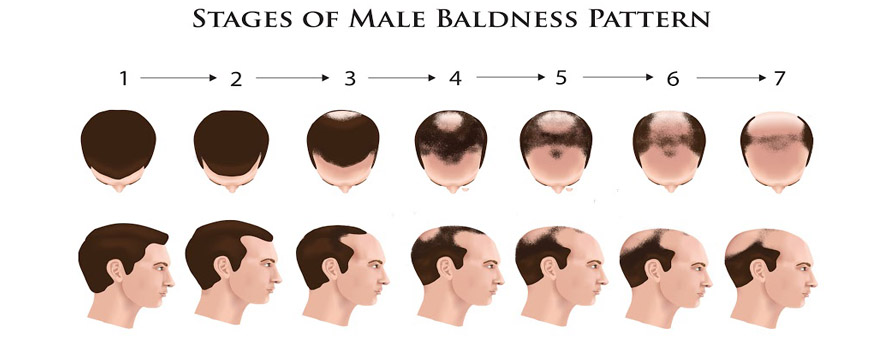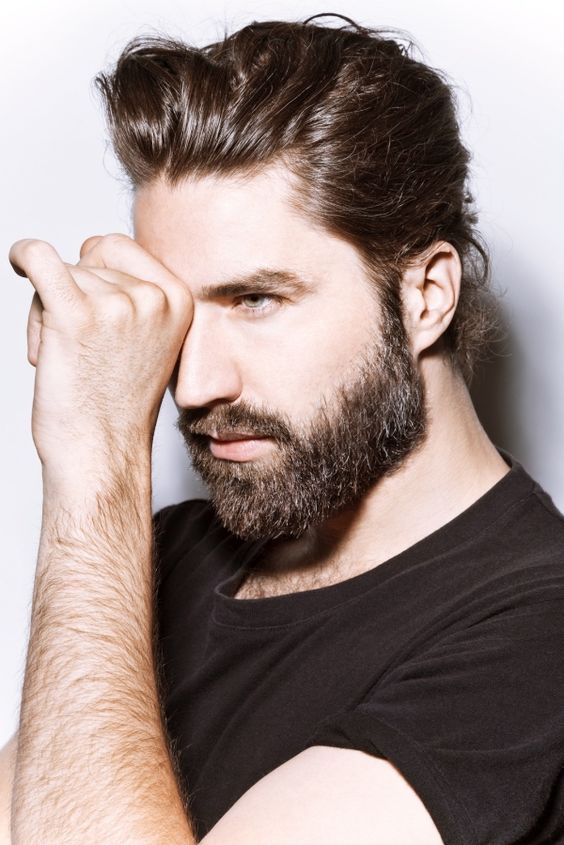What is included in the package of services?
Сreating a treatment plan; Accommodation in a 5-star hotel (with breakfast) 4 days / 3 nights; We meet you at the airport and take you back; Consultation with a doctor (individual recommendations, appointments and procedures in a short time without waiting); Accompanying English/Arabic/Polish/Russian/Spanish-speaking coordinator for all tests and consultations throughout the entire stay in Istanbul (before /during/after procedures); Lunch in the clinic (on the 1st and 3rd day); Blood test; Two injections PRP original - plasma therapy; Medications, antibiotics and symptomatic therapy after surgery; Postoperative course of vitamins for 3 months; Special products for postoperative hair care - Hair-BOX : spray, shampoo, cap, pillow; Signing of the contract and guarantee; Transfer from the place of residence to the clinic and back to all procedures / for the entire duration of treatment; Holiday in Istanbul with Englısh/Arabic/Polish/Spanish/Russian-speaking coordinator; Feedback (during the year after the procedure at Bellus Clinic).
How to determine the right amount of grafts for hair transplant?
We do hair transplantation starting from 100 grafts (to cover the smallest scars) and up to the maximum number - 7500 grafts. To determine the right amount of grafts the doctor must see the donor zone and the balding zone, so the client must send four, in good quality, photos from all head sides (front, sides, back of the head).
What is a donor area?
The donor area is the part of the body where hair is taken for transplantation. Most often, the hair is transplanted from the back of the head, but also from the beard and chest.
How long does it take to recover from a hair transplant procedure?
The time for recovery varies, depending on the physiology of a person. Most people will experience recovery within 10-14 days after the procedure.
How long does hair transplant surgery last?
The duration of the hair transplant procedure depends on the number of grafts needed to be transplanted. The maximum duration of the procedure (along with taking a blood test) is about 8 hours.
What diseases can let transplanted hair fall out again?
In rare cases, the presence of certain diseases can damage the transplanted follicles, causing repeated hair loss. For example, the diffuse form of focal alopecia can cause hair loss. Lichen can also cause hair loss (for example Lichen Planus).
Is FUE hair transplant painful?
Before the procedure, local anesthesia is injected subcutaneously on the surface of the head. This can bring insignificant and short temporary discomfort. But as soon as the anesthesia begins to work, you will not feel anything.
How long does it take for the final result after hair transplant?
A few weeks after the surgery, you may notice loss of transplanted hair ("shock effect"). After that, the hair will begin to grow again so the transplanted follicles will grow back and get stronger. The final result will take up to 12-15 months.
Will I lose hair after the hair transplantation?
Yes, this is the natural part of healing after hair transplantation. You must understand that this is a temporary process, after which the hair will begin to grow again! Hair loss occurs as a result of the "shock effect", which appears as a result of the movement of follicles from one place to another. Therefore, the first regrown hairs fall out, and then new and already strong hair begins to grow.
When will the result after hair transplantation be noticeable?
After the procedure, you will notice a clearly increased density in the transplanted area. However, it may take 15 days for the scabs in the transplanted area to fall out, and new, permanent hairs, will start to grow noticeably about 2-4 months after surgery. To see the end results in most cases it can take up to 12-15 months.
How many hair transplant sessions does a person need?
Most often, a single hair transplant procedure is enough. This depends on the possibility of hair loss in areas that were not included in the first hair transplant procedure. And also from the patient's desire to make the hair after the first transplant thicker.
How to remove dried lymph?
Sometimes it happens that, even after you have washed your hair in a hospital, in the area of transplanted hair, the lymph drops appear and become dry. Do not worry, but, of course, these drops need to be removed so that it doesn't interfere with the growth of transplanted hair. This can be done very easily by typing warm (not hot, not cold) water into a container with a spray bottle and to spray in those areas where the lymph drops were formed until the skin is clean. Then with wetting movements remove the moisture remaining after spraying.




